THE State Government’s decision last week to offer a $250,000 reward for information to help solve the 55-year-old cold case murder of Raymond Vincent “Tommy” Allen is as unexpected as it is welcome.
Allen, 22, disappeared from Warwick, southwest of Brisbane, in 1964.
Claim Angel of Death said missing man ‘wouldn’t be talking to anybody any more’
Conviction that changed the rules on cold cases
Did pair end up in O’Dempsey’s graveyard?
He was at the time an acquaintance of convicted killer Vince O’Dempsey, currently serving life in jail for the murders of Brisbane mother Barbara McCulkin and her two daughters in 1974.
While it’s encouraging to see contemporary Queensland police tackle such an old case in pursuit of justice and the truth, the return of the Allen murder to the spotlight after so long, following on from the successful prosecution of the McCulkin murders in 2017, does pose another serious question: Why have these cases waited so long for the attention they deserve? And what was the quality of the initial investigations to allow these matters to go so cold?
The McCulkins and Allen are not alone.
On November 5, 1968, man-about-town and gregarious Brisbane bachelor Gary Venamore went out on the town for drinks with friends and ended up dead in the Brisbane River the next day.
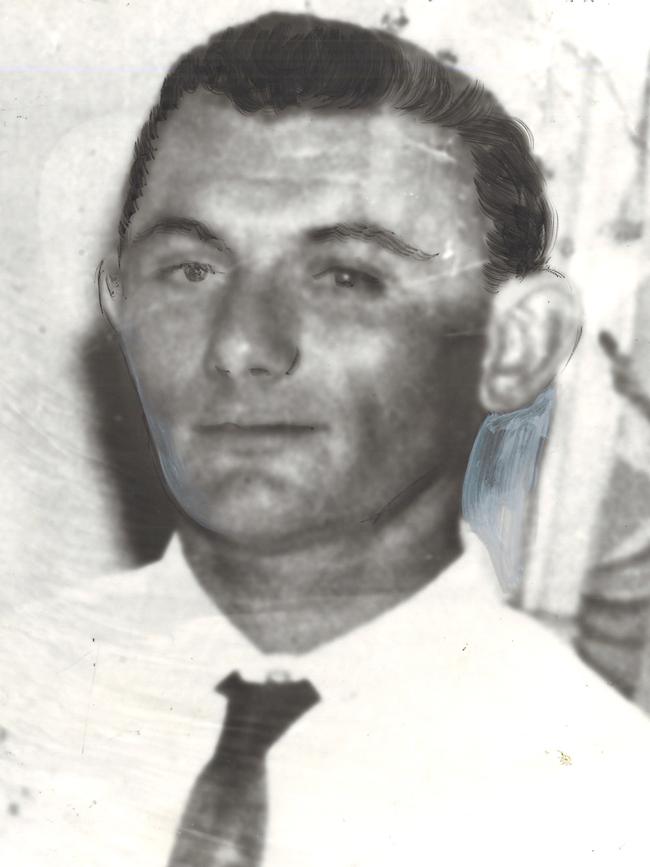
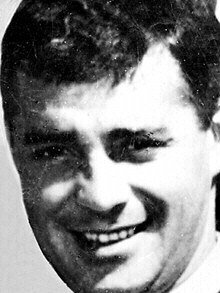
The theory that has persisted for decades remains that Venamore encountered corrupt detective Glen Patrick Hallahan in a bar at the back of the National Hotel that night.
And that Venamore may have heard something he shouldn’t have, or knew something about Hallahan and then police commissioner Frank Bischof that he shouldn’t have.
The Venamore case has never been solved, and there were whispers even from the outset that corrupt police may have been involved in his death.
One of the detectives assigned to investigate the Venamore murder at the time was Hallahan.
Years later, a convicted criminal would tell the story of being marched up to the Story Bridge by Hallahan and warned that he’d better pay corrupt police or he’d be thrown into the river “like Venamore”.
On March 4, 1972, the brothel madam and police informant Shirley Brifman was found dead in her safe house in Clayfield, Brisbane, of a suspected drug overdose.
For six months Brifman had been interviewed by Queensland and NSW police about what she knew of corrupt police and their connections with underworld figures.
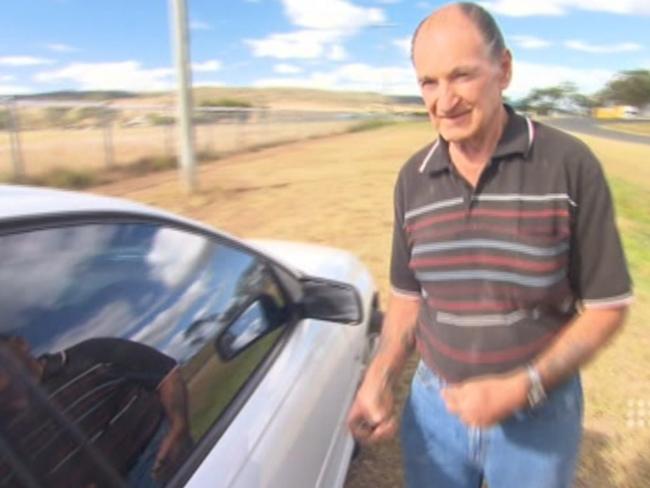
At the time of her death, Brifman was just weeks away from appearing as chief witness in the perjury trial of detective Tony Murphy, an associate of Hallahan’s and part of the so-called corrupt “Rat Pack” in the 1950s and 60s. Brifman’s death saw the case against Murphy dissolve.
Was she murdered? Her family believe so. By whom? We may never know.
In late 1973, Margaret Grace Ward, a girl from country Queensland, came down to the Big Smoke of Brisbane and had been tricked into working as a prostitute at the Polonia massage parlour in Lutwyche in Brisbane’s inner-north.
Police raided Polonia’s and Ward was charged with prostitution and was due to appear in court in November and give evidence against the brothel’s madam, Dianne Pritchard, who happened to be Vince O’Dempsey’s de facto wife. Like Allen, Ward vanished and was never seen again.
Then in 1977, Brisbane vice queen Simone Vogel went to a clandestine meeting with cash and jewellery – associates and family say she was tired of paying kickbacks to corrupt police and wanted to buy her way out of the corrupt police system known as The Joke – and also disappeared. Her body has never been found.
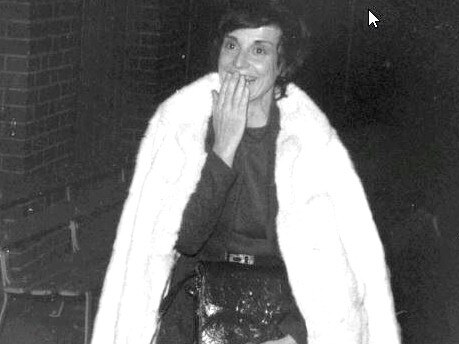
Inquests into the McCulkins, Ward, Allen and Vogel produced no tangible results. The Venamore case dropped off the radar. The cases remained cold.
Why? Was the work of those previous investigators lacklustre? Or was that symptomatic of the era – the training of the day, the primitive equipment etc?
Or was there a pattern to these unsolved murders?
These – and there are others – certainly have in common either the direct involvement of corrupt police or the manipulation of the investigations into the murders by corrupt police.
Then there is the Whiskey Au Go Go nightclub firebombing in 1973 in which 15 people perished.
Yes, two men – John Andrew Stuart and James Finch – were convicted of that hideous crime and jailed.
But the State Government’s new inquest into the Whiskey – due to be held towards the end of this year – will almost certainly expose a web of others involved one way or another in the deadly firebombing.
Why has it taken 46 years for modern police to begin to unpick the mystery of the Whiskey? Why did it take 43 years to solve the McCulkin killings? And 55 years to take a fresh look at Allen?
Conspiracy is a word bandied about loosely. But if this string of unsolved murders, including the Whiskey, involve common players in the corrupt element of the Queensland police of the day and the criminal underworld, then history may be looking at a conspiracy of a magnitude not seen in this country before.
Justice can take its time. For Allen, Ward, Vogel and a host of others, surely that time has well and truly expired.
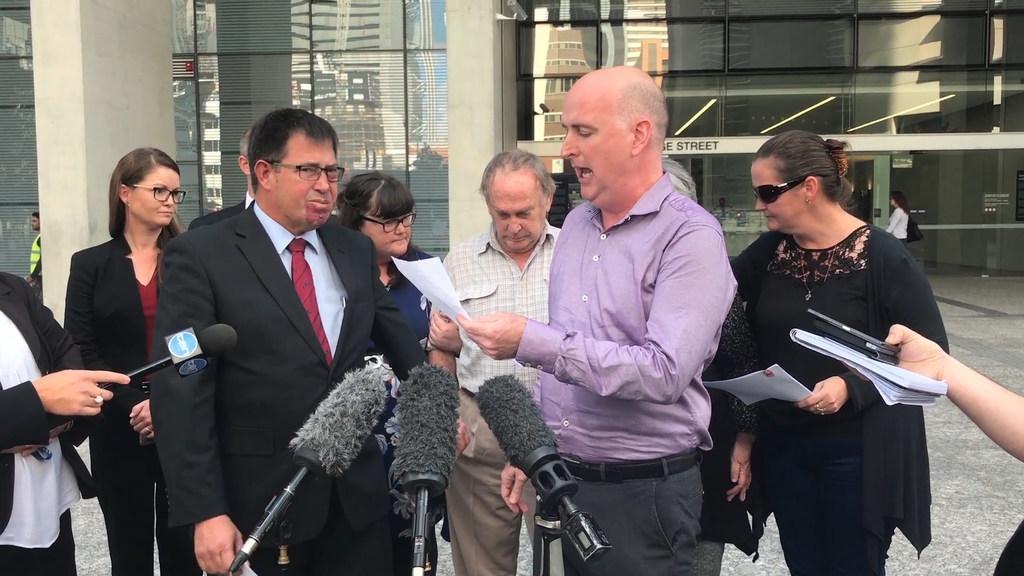

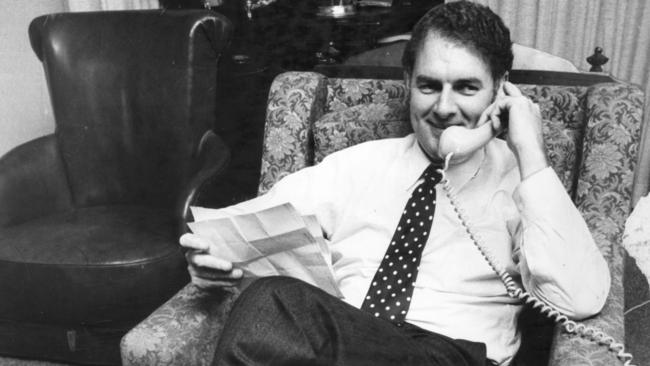
Elite squad to track elusive murderer and cold case fugitive
It’s been almost a year since a confirmed sighting of one of Queensland’s most wanted men, cold case fugitive and convicted murderer Keith Lees, and police are stepping up the hunt.
‘Last ray of hope’ snuffed out with no charges over crayfish farm shooting
The family of a young scientist shot dead while working at a crayfish farm say they lost their “last ray of hope” after an inquest failed to result in charges against two people named by a coroner.